Conservation and Education in Support of Worldwide Wildlife Species Resources
US Fish and Wildlife Service (FWS) permit justification for Texas A&M Foundation receiving funds from ranches that participate in “take (cull, lethal harvest) of live animals under a valid captive-bred wildlife (CBW) (endangered species act [ESA]) permit.”
- Funds generated from the permitted efforts will support enhanced wildlife veterinary education and conservation genetics and genomics programs with these ESA-listed species on ranches in the United States and their native habitats worldwide.
- Funds generated from ranches that participate in the captive breeding programs for ESA species will be used in multiple ways by Texas A&M University to ensure the long-term conservation and health of these listed species.
About Our Programs
From an institutional point of view, Texas A&M University represents the flagship institution of The Texas A&M University System. Since 2021, Texas A&M has enrolled the largest student body in the US and is the only university in Texas to hold simultaneous designations as a land-, sea-, and space-grant institution. It is classified among “R1: Doctoral Universities – Very high research activity” and is a member of the Association of American Universities.
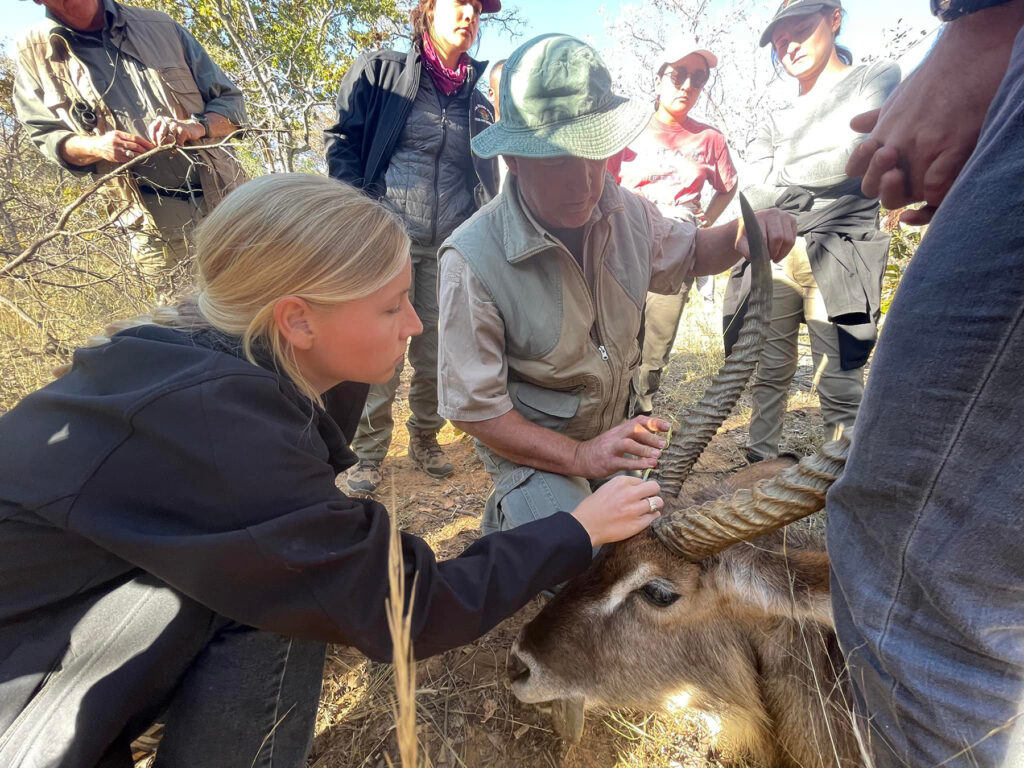

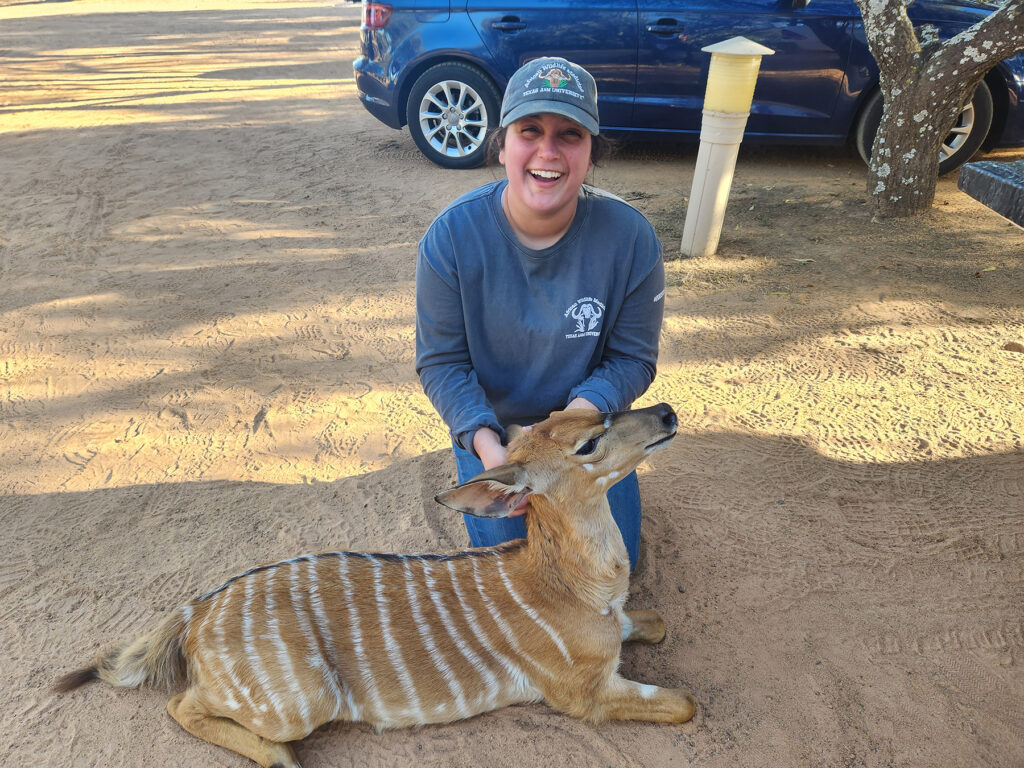
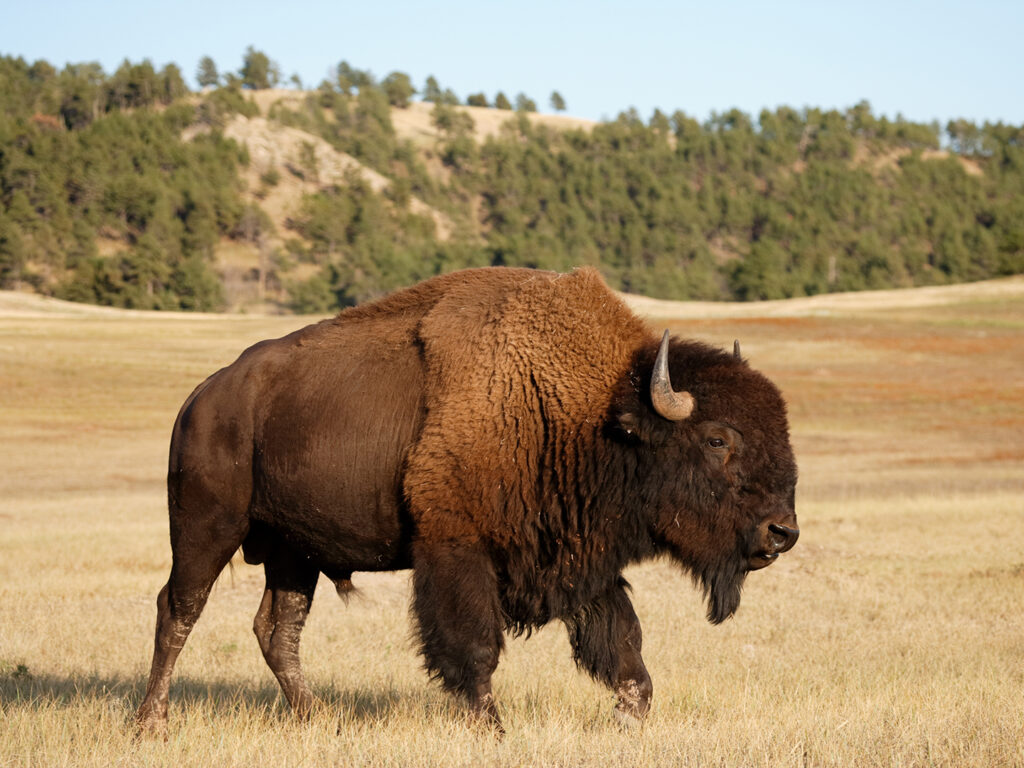
In addition, for more than a century, Veterinary Medicine & Biomedical Sciences (VMBS) at Texas A&M has exemplified a steadfast dedication to the preservation of wildlife health and conservation. Through the cultivation of future generations of wildlife veterinarians and graduate students, our institution has consistently demonstrated excellence in wildlife health and conservation with ESA-listed species and other wildlife species from around the world. Our extensive programs extend to impactful Education Abroad courses in wildlife medicine alongside cutting-edge conservation research initiatives in wildlife genetics and genomics.
These highly successful endeavors have yielded the training of numerous veterinarians who now practice globally, as well as the establishment of internationally renowned wildlife research programs operating across every continent. Sustained by the support of the State of Texas, federal and international agencies, as well as private donations and contracts, these initiatives showcase a broad network of continued financial support for our programs.
With an unwavering commitment to wildlife health and conservation, Texas A&M University stands uniquely poised to assume a direct leadership role in ensuring the enduring stewardship of global wildlife resources for ESA-listed and non-listed species well into the future.
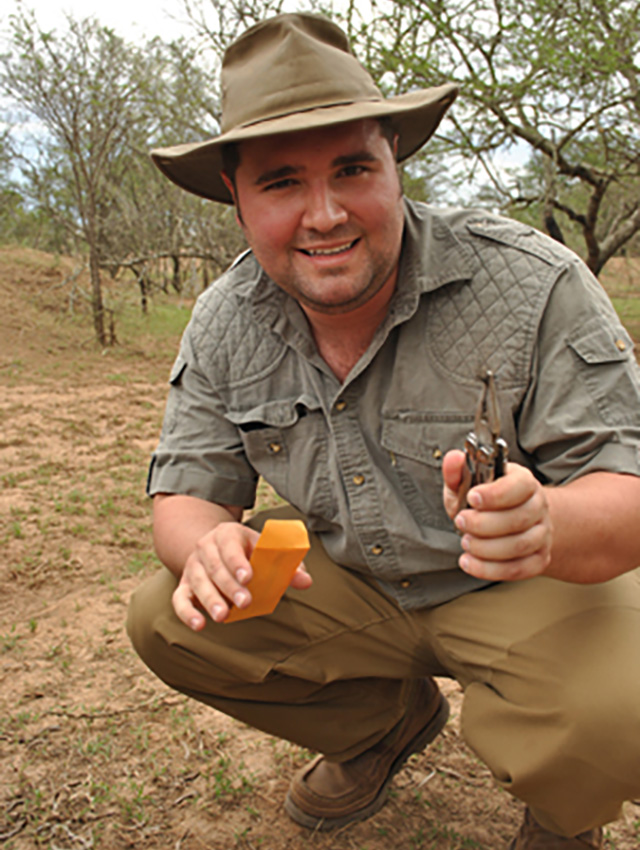
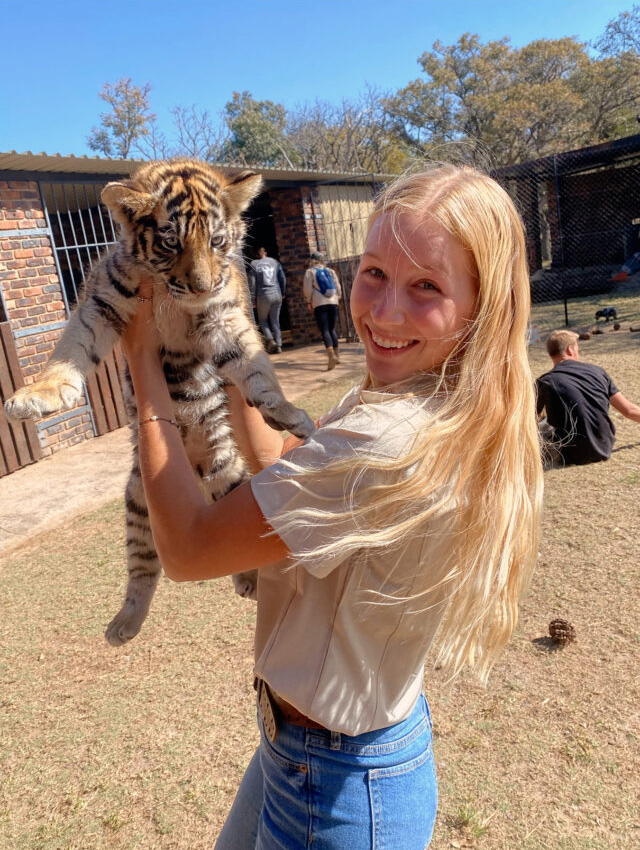


Research Benefits of Genetic Samples
Genetic samples provide invaluable data for studying genome evolution by allowing researchers to examine the differences between exotic and domestic species, which can be used to improve breeds or develop strategies for long-term conservation. Understanding genetic variation within and between species can be instrumental, as genetic variation influences fertility, gestation, and offspring viability. Thus, such research is critical in ensuring the sustainable growth of these animal populations in captivity.
Sampling can also assist in effective herd management by allowing researchers to understand the genetic makeup of herds, which leads to more informed decisions about breeding, nutrition, and general care. Furthermore, DNA analysis can help in the early detection and control of diseases that might be genetically predisposed in certain species or breeds, such as Scrapie in sheep. For some species, DNA analysis can provide insights into historical human-animal interactions with respect to livestock development and wildlife conservation.
Support Us
Funds generated for these efforts are used to support
our wildlife veterinary education and conservation genetics and genomics agendas.
Option 1
Option 2
Contact the VMBS Development Office.
Tel: 979.845.9043 | Email: development-vmbs@tamu.edu
